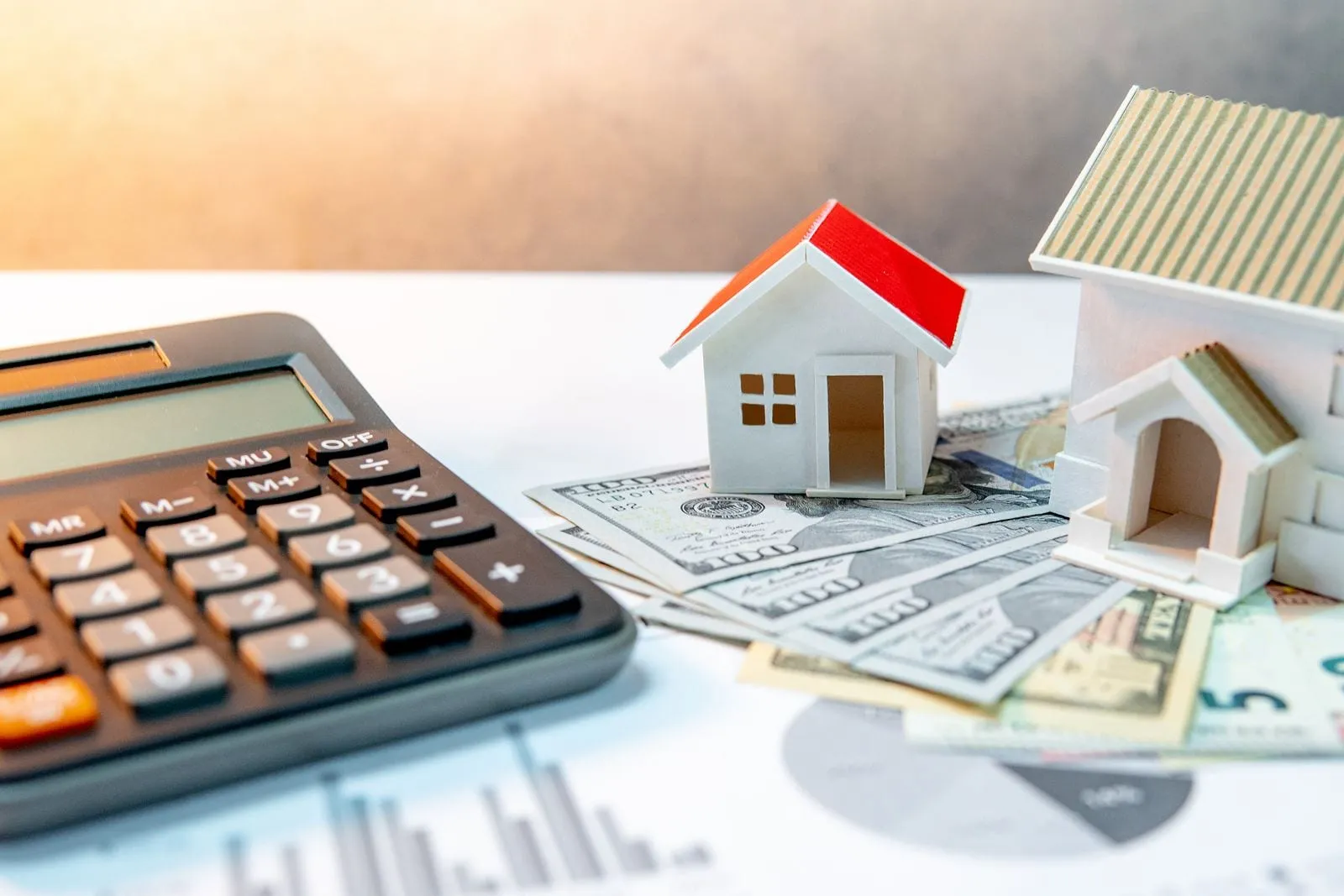- +91- 9899012036
- info@bsinfra.in

In the ever-evolving landscape of real estate, achieving a substantial return on investment (ROI) is a goal that every investor aspires to. Whether you’re a seasoned pro or a novice in the world of property investment, understanding the key factors that influence ROI is crucial. In this comprehensive guide, we’ll explore the dynamics of real estate ROI, delve into the best ROI investments, discuss how to calculate ROI in real estate, and examine the average returns in the industry. Join us on this journey to unlock the secrets of maximizing returns in the realm of real estate.

Return on Investment (ROI) is a fundamental metric used to assess the profitability of an investment. In real estate, ROI is a measure of how efficiently an investment property generates returns relative to its cost. It is expressed as a percentage and is a vital tool for investors to evaluate the performance of their real estate ventures.
The basic formula for calculating ROI in real estate is:
ROI = (Net Profit / Total Investment Cost)×100
– Net Profit: This includes rental income, appreciation, and any other income generated minus operating expenses.
– Total Investment Cost: This encompasses the property purchase price, closing costs, and any renovation or improvement expenses.
Investing in areas with high demand and potential for growth often results in better ROI. Emerging neighbourhoods and regions experiencing economic development are prime candidates.
Residential properties, especially those in areas with a strong rental market, can offer consistent cash flow. Analyse the local rental demand and set competitive rental rates to optimize returns.
For those with a knack for renovations, the fix-and-flip strategy involves purchasing distressed properties, renovating them, and selling at a higher price. This approach can yield substantial short-term returns.
The average return in residential real estate varies but is commonly estimated between 8% and 12%. Factors such as location, property type, and market conditions influence these returns.
Commercial properties, with their potential for higher rental yields, can deliver average returns ranging from 6% to 12%. However, the risks associated with commercial investments should be carefully considered.
Commercial properties often provide higher rental yields compared to residential properties. Businesses are willing to pay a premium for well-located and functional spaces.
Commercial leases typically have longer durations, offering stability and a predictable income stream for investors.
Achieving the best return on investment in real estate involves a combination of strategic decisions, market analysis, and risk management. Whether you opt for residential or commercial properties, understanding the local market, conducting thorough due diligence, and staying informed about economic trends are essential.
As you embark on your real estate investment journey, remember that ROI is not solely about immediate gains but also long-term sustainability. By carefully selecting properties, managing expenses, and adapting to market changes, you can position yourself for success and ensure that your real estate investments yield the optimal returns over time.